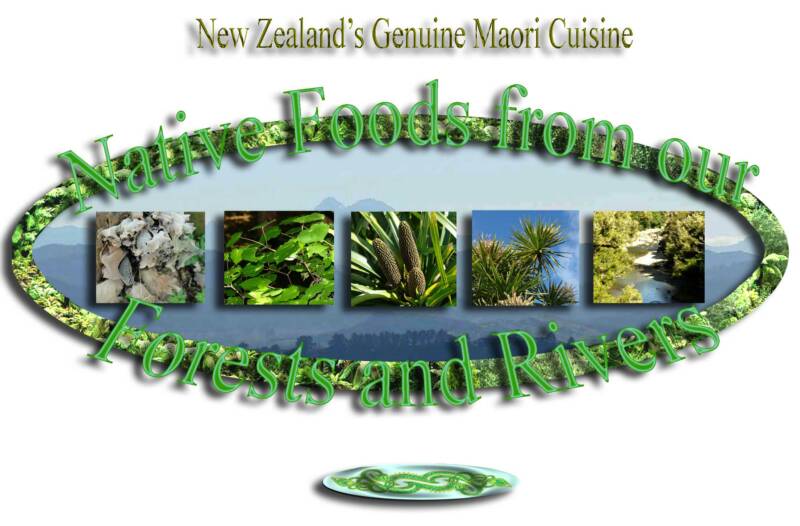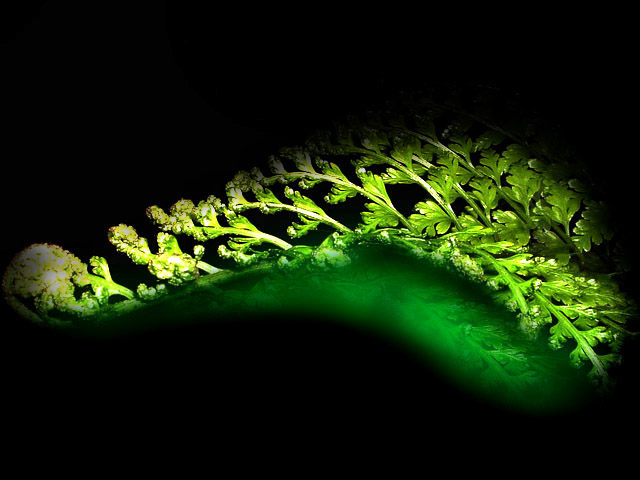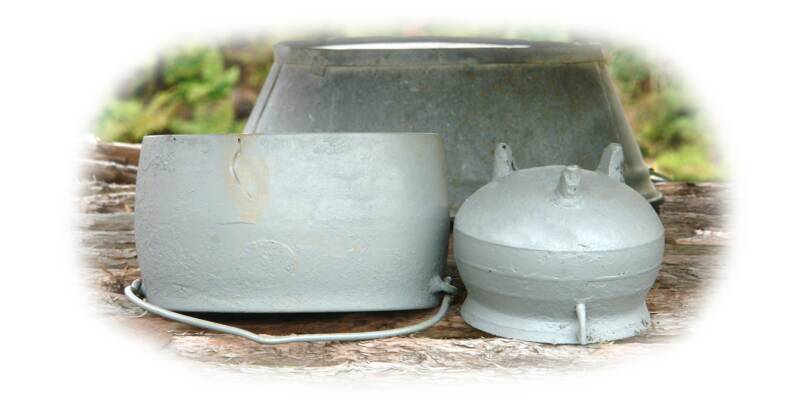Kia ora, you are the visitor to this page

Copyright © 2006
All content on this site, remain the property of Epuro Hands International Limited and are protected by New Zealand and International copyright laws.
No part of this website may be reproduced without the expressed, written permission of http://www.epurohands.com
In The Days Long Since Past
I na wa o mua kumara was cultivatedin large areas in most places across New Zealand although it did prove challenging in the south Island. It was one of the principal foods and was enjoyed either raw or cooked.
It was a highly thought of vegetable giving it sacred 'tapu' origins, as it was brought from the homeland in far off Hawaikinui. From planting to harvesting to storing, it was all done in connection with the wairua from the time of taking it from the ground and storing it in pits done with karakia and great ceremonial. It was an old belief, told by our people, that although the kumara was produced by Whanui, the star Vega, it was through Rongonui-maui and his wife Pani-tinikau that we have it on this earth. But when the kumara tuber is planted in its mound of earth, it is from Whanui that it receives help in its growth to maturity.
The ancients say that when Rongonui-maui heard of the kumara, he thought he would visit his elder brother Whanui who lived in the heavens who grew some kumara and ask him to let him have some to bring back to earth. So he ascended to the heavens, and repeated this karakia:
“E Para E! Tukua atu au kia puta ki tawhangawhanga nui no Rangi, no Papa; he aio.”
This was a karakia asking for help to enable him to ascend through the great spaces in safety to the heavens on his way to see his elder brother Whanui.
When Rongo arrived, he made known his reason for coming, saying to Whanui, “I haere mai au ki tetahi o ta taua whanau kia riro ia au ki Raro, ki Mataroa,” I have come to ask you to let me take one of our family below with me to Mataroa. And Whanui replied, “Kahore au e whakaae kia riro atu tetahi o wa taua tamariki ia koe,” I will not agree that you should take any of our children with you.
So Rongo turned as if to go away, but hid behind a whare, and then approached the family of kumara unknown to Whanui, and took some of the seed with him. This seed he hid in his body (huna e Rongo ki roto i tona ure), and then returned to Mataroa and slept with his wife Pani-tinikau, who became hapu (pregnant) and brought forth the kumara.
So from Rongonui-maui and Pani-tinikau came all the varieties of kumara which were used by the people of old, and which have now almost disappeared.
When the kumara family were born to Pani, her husband Rongo asked her to prepare te umu tapu (a sacred oven) in which to cook them, so that the tapu might be removed. This is the beginning of the tapu ceremonial cooking oven on this earth, and thus we have Waharoa, Kirikahu, and Kohu-kohu used for priests, chiefs, and the people. Through Rongo taking the kumara seed in secret and without the permission of Whanui in whose care it was, theft was started in this world.
When Whanui found that Rongo had taken the kumara against his wishes, he was very angry, and as a punishment, he sent pests to destroy the growing kumara, in the shape of anuhe, the caterpillar, and thus made it difficult to grow. This is why there is so much difficulty in growing it, and why the large caterpillar swarms to eat it, and gives the people so much trouble. Rongo was the god of the kumara, and also the god of peace.
The magic of the Ngahere where beauty is all around if you know where to look............. this photo for example displays relaxation and calm....................... Nga Mihi
Nga Taonga Tuku-iho o Nga Tipuna O Te Ngahere
For most Maori and New Zealanders who were fortunate enough to have experienced growing up in or near the forests of New Zealand were very privileged if they were taught the knowledge of our plants and trees, local knowledge and knowledge in our forests across New Zealand. Imagine your class room being the forest and your teachers were the old people. Today this knowledge is available to the public via libraries and universities. There are huge databases around and thankfully have been simplified in its access to make them user friendly and to understand and follow. Quite frankly some of these data bases are scary if you do not know or understand the science jargon to follow the information they hold. A list has been prepared of all the Plants, Shrubs and Greens in Maori for those who like things simple.
Nga Taonga Tuku-iho o te Iwi Maori
The video's listed on this page present history about a people who frequented the area of Wairoa during the times Moa roamed the area. Their stories have been passed down over generations. The type of foods available but more importantly the history and links people had to the land, the animals and the Wairua that has made Maori who they are in terms of tikanga, Mana, Mauri and Wairua.
A Brief about the people of Te Reinga
Life was indeed stressful in terms how we would perceive life could have been. Traditions, rites and the language of the era had been retained handed down through the generations as had been achieved through the power of memory retention. Traditions, song, dance, waiata, karakia and the belief in tikanga had been retained and passed down through the generations through careful selection of carriers of the knowledge.
This practice has not changed and continues to this day.
Whether your interest is pathology, systematic's, ecology, conservation, or browsing in this website. We have provided a gateway to a wealth of information about our knowledge on foods from the forests, how to pick them, what to pick, how to prepare them them for cooking, preserving, and eating.
Sources
Information is has been gathered from written records published online but a many listing in this website have been collected freely and so offered freely where applicable. Books, articles, unpublished manuscripts and letters will be presented later. There will be charges set based upon the value of the information and the products created that will benefit and help solve a quire
What does Ngā Tipu Whakaoranga mean?
Te Taura Whiri i te Reo Māori (the Māori Language Commission) suggested this name for the database. Ngā tipu are the plants (literally, growing shoots); in this context, Whakaoranga means "to provide the livelihood, or to sustain" — thus, the plants that sustain us.

Te Reinga - a people originating near Wairoa - 1
Te Reinga - a people originating near Wairoa - 2
Te Reinga - a people originating near Wairoa - 3
Te Reinga - a people originating near Wairoa - 4
Te Reinga - a people originating near Wairoa - 5
Te Reinga - a people originating near Wairoa - 6
